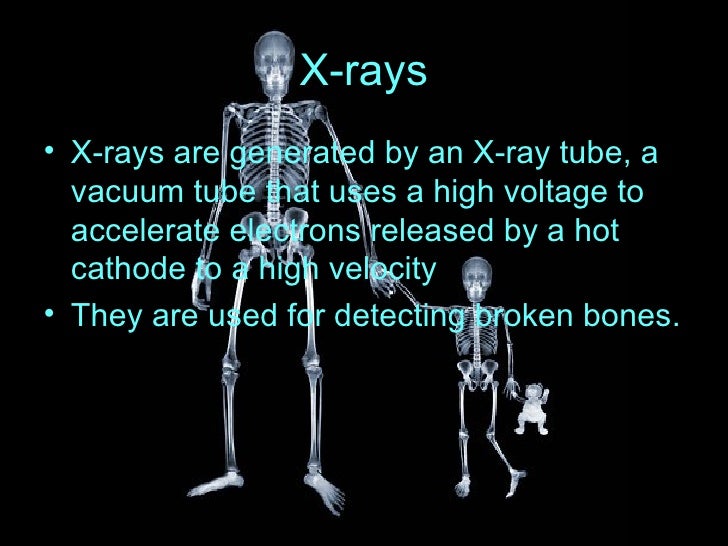

A decreased fluoroscopic pulse rate reduces not only radiation exposure but also the number of available images used for assessment. Significant swallowing deficits or decreased clinician experience may lead to an increase in fluoroscopy times (Bonilha, Humphries, et al., 2013). The clinician takes care to reduce radiation beyond 5 min and ensures that additional swallow attempts beyond this point are well justified. The timer is a reminder to the clinician(s) that 5 min of radiation have elapsed. Although the timer may sound during a VFSS, it is not an indication that the VFSS must stop. Considerations for VFSSsįederal regulations mandate that all fluoroscopic equipment contain a 5-min timer (U.S. Tightly collimating the X-ray beam to the area of interest reduces the amount of scatter and the volume of tissue exposed, and it improves image quality (Lakhwani et al., 2019). X-rays cannot be focused but do require collimation (restriction of X-ray beams) and filtration (removal of low-energy X-rays) to narrow the field of exposure. These X-rays may lose some of their energy but can still interact with and be absorbed by other tissues (U.S. Radiation is scattered more or less uniformly in all directions as the X-ray beam interacts with the patient’s tissue. Scatter is a group of X-rays that interact with matter and change direction. The majority of the radiation dose received by the SLP or others present (provided that the primary beam is avoided) comes from scattered radiation. Therefore, depending on the location of exposure, the associated risk may be affected (National Institute of Biomedical Imaging and Bioengineering, n.d.). Denser tissues (e.g., teeth and bones) absorb more X-rays than softer tissues (e.g., muscles and digestive organs) when X-rays enter the body. Some X-rays are absorbed by and interact with matter partially or completely, whereas others will pass through. X-rays are a form of radiant energy that enters matter (e.g., human tissue). Please direct your questions regarding specific protocols to the facility radiation safety officer (RSO). It is important for speech-language pathologists (SLPs) to have an understanding of radiation safety due to the SLP’s role in videofluoroscopic swallowing studies (VFSSs). Radiation safety may also require formal instruction regarding X-rays and radiation issues.


Radiation safety includes a basic understanding of ionizing radiation and its use in diagnostic medicine.


 0 kommentar(er)
0 kommentar(er)
